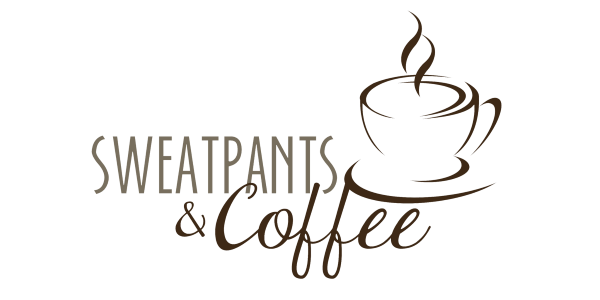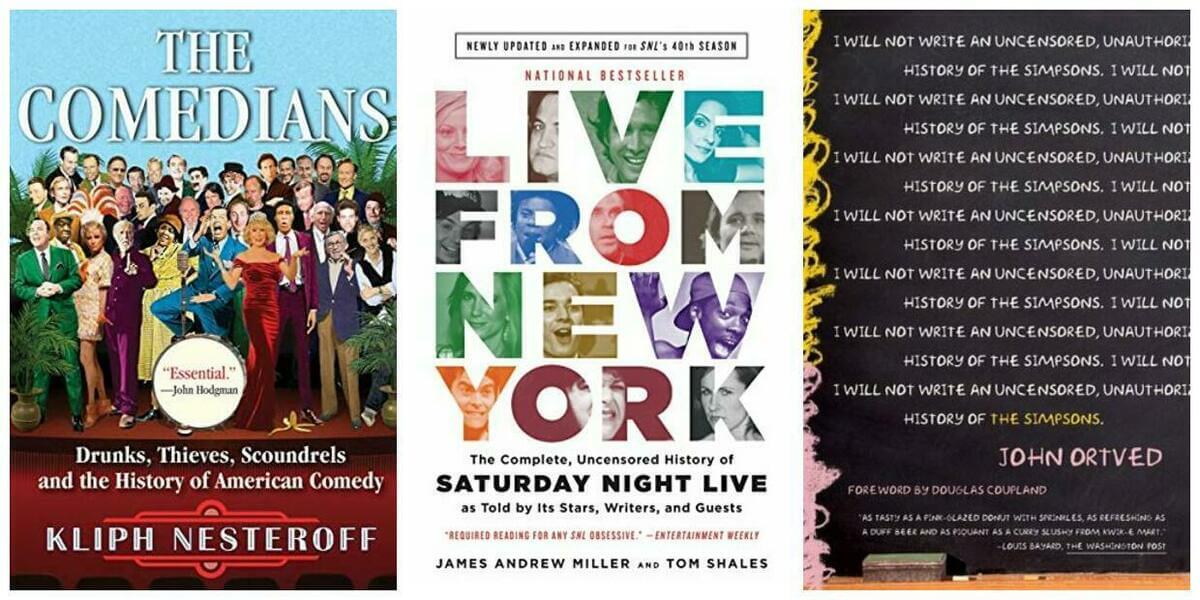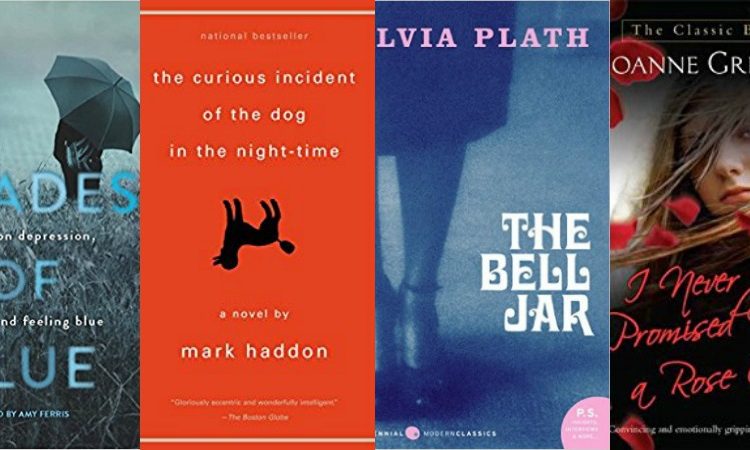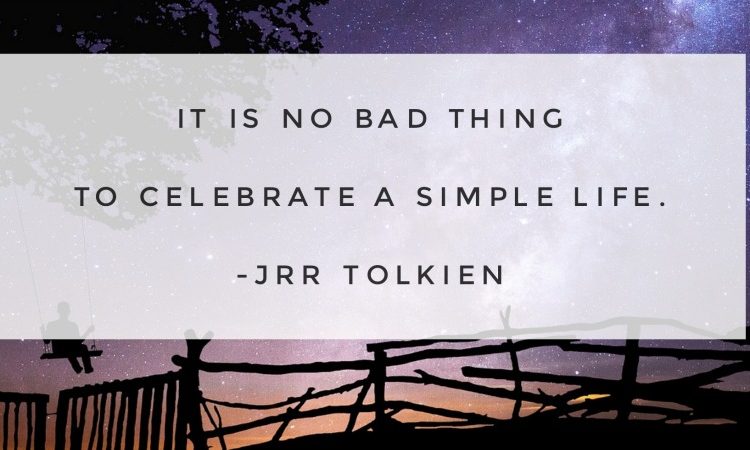Welcome to Shelf Care, where I review three books related by a theme. These aren’t necessarily the latest releases, but are hopefully books you can’t believe you missed.
This column’s theme: Premises in American Comedy: books where, even with the best of set ups, not everybody will get it. As a rule, for something to be funny the audience has to have some understanding of what the joke is about to get it. Jokes about families do well because they’re a nearly universal concept, but jokes about databases and programming are only going to work for a certain demographic.
To that point, all the books in this month’s column, while they are interesting and accurate, require some prior knowledge from the reader to engage with their topics. If you haven’t seen The Simpsons, or Saturday Night Live, or heard of comedians like Milton Berle, or Lenny Bruce, you may not get some of the books on this list. As has been oft pointed out, if you have to explain the joke, it’s not funny anymore. However, what these books are referencing has been in American culture for decades, so it may not be too much of an ask to expect some prior knowledge. With that said, let’s give a warm welcome for our first book, which has been over a century in the making…
So if you like:
History
Old time comedy
Understanding what used to be shocking
Finding out what comedians were like behind the scenes
You might like
The Comedians: Drunks, Thieves, Scoundrels and the History of American Comedy, by Kliph Nesteroff
Overview
Nesteroff traces the history of comedy, from the turn of the century, through burlesque, vaudeville, radio, TV the comedy club boom of the 80’s, the comedy club implosion of the 90’s, alternate comedy, and podcasting.
Sample passage
A classic Joe E. Lewis joke made the rounds at the time. Lewis first told the joke in 1947 at the expense of Berle’s radio show and adjusted it for the television age: “Milton Berle is responsible for the sale of more television sets than any other performer . . . I know I sold mine and my brother sold his.”
Production meetings were held every Wednesday, and they were an ordeal. Berle had a paranoid fear of cold drafts. Every window was sealed at his request, intensifying the cigar smoke. He rejected every idea his staff pitched, sending writers and producers into a panic. “He had Hal Collins following him around with a gag file,” said comedy writer Charlie Isaacs. “He started inserting old jokes [into the script]. Berle didn’t use his judgment, didn’t understand he was ruining the next couple of jokes.”
Show folk were fascinated by Berle rehearsals. They’d sit on the Studio 6B bleachers at Rockefeller Center and watch Berle berate his coworkers. Berle’s rehearsal uniform was a gray sweatsuit, a towel around his neck and a whistle he blew frequently to stop an act or stagehand: a gym coach on a rampage. “For a reporter, the afternoon preceding the show afforded a fascinating study of a man who knew he was the top dog,” wrote columnist Earl Wilson.
“The rehearsals became a Broadway institution, and all sorts of people managed to get in. With a cigar in his kisser, Berle would show a chorus girl how to wiggle or explain to great tap dancer Bill Robinson how to deliver a joke.” Phil Silvers said rehearsing with Berle was like “being stuck in an air raid with a paper hat.”
Takeaway
The Comedians has very thorough coverage of the evolution of American comedy. If you happened to catch the CNN series The History of Comedy, Nesteroff was one of the experts cited in every episode. Apart from the chronology, it’s filled with contextual tidbits. Things like where the term ‘working blue’ came from, or how early comedians would say the most shocking things they could think of because they were competing for stage time with strippers, or how the Mafia was involved in comedy in the 1950’s, or the time George Carlin didn’t cooperate with the police so he could get booked in to jail with Lenny Bruce. If you are interested in how what is considered funny has evolved over the years, The Comedians is definitely worth a read.
Or if you like:
Cultural touchstones
Writers rooms
Merchandising
“Making of” features
Obscure TV trivia
You might like
The Simpsons: An Uncensored, Unauthorized History, by John Ortved
Overview
Ortved uses a collection of interviews to trace the evolution of the (still running) animated TV show, The Simpsons, from its start as a series of animated shorts to becoming a cultural touchstone.
Sample passage
Second only to Meyer as the most influential writer in the show’s history is John Swartzwelder. Swartzwelder, the author of fifty-nine Simpsons scripts, who also left The Simpsons in 2004 (he now writes novels), worked in the room only for the show’s first few years, appearing on the Fox lot rarely after that to hand in and rework his first drafts. His main role was as the show’s premiere first draftsman.
John Swartzwelder is an enigma. No one I interviewed knows much about the man, and unlike Meyer, he has never given an interview or spoken publicly about himself or his work. There is not a single Swartzwelder commentary on The Simpsons DVDs (as of this moment, they are up to Season 12). There is even a myth among Simpsons fans that Swartzwelder does not exist. A former ad man and writer for Saturday Night Live (with Meyer), he has written far more Simpsons scripts than anyone else, including such classics as “Krusty Gets Kancelled,” “Rosebud,” and “Bart Gets an Elephant.” According to Matt Groening, Swartzwelder used to write his first drafts while sitting in a booth drinking coffee and smoking cigarettes at a coffee shop in the San Fernando Valley. When California outlawed smoking in restaurants, Swartzwelder bought a coffee shop booth, moved it into his house, and began writing from home. In a nod to Swartzwelder’s elusiveness, the writers often place his image or his name in episodes. In the early days, the one-armed military surplus store owner, Herman, was modeled on Swartzwelder. Later on, he appeared more randomly (and had larger hair, a longer mustache, and bigger belly).
Takeaway
As one would expect, this book requires an audience that is both familiar with the show, and has interest in the making of it. Many of the people interviewed, like Conan O’Brien, will be familiar to readers as they already had, or have gone on to have big careers in comedy. It traces the show’s evolution from shorts on The Tracey Ullman Show to cultural touchstone, to a merchandising juggernaut. Although the book was written in 2009, the show is still on the air, even if it isn’t front-of-mind for viewers these days like it was in the 90’s. As an oral history, it is peppered with episode trivia and behind the scenes stories from the writers’ room, so if you’re a fan of the show, you’ll want to check this out.
Or if you like:
Comedy pushing the edge
Live TV
Seeing comedians before they made it big
Knowing they were absolutely high when they wrote that sketch
Deciding when a show has “jumped the shark”
You might like
Live From New York: The Complete, Uncensored History of Saturday Night Live as Told by Its Stars, Writers, and Guests, By Tom Shales
Overview
T.V. Critic Tom Shales covers the first thirty years of the long running sketch comedy program Saturday Night Live.
Sample passage
ALAN ZWEIBEL:
Whoever drew the short straw that week had to write the Muppet sketch. The first time I met O’Donoghue, I walked into Lorne’s office, and Belushi’s there, Aykroyd’s there, people the likes of which had never crossed my path before, and I look in a corner of the room and there’s a guy I learned was Michael O’Donoghue. What was he doing, you ask? He had taken Big Bird, a stuffed toy of Big Bird, and the cord from the venetian blinds, and he wrapped the cord around Big Bird’s neck. He was lynching Big Bird. And that’s how we all felt about the Muppets.
Franken and Davis and I were the rookie writers, and the others always rigged it so we were the ones who wrote the Muppet sketches. So I went over to Jim Henson’s townhouse on like Sixty-eighth Street with a sketch I had written. There was one character named Skred, and I remember we’re reading the sketch, Jim Henson’s reading the pages, and he gets to a line and he says, “Oh, Skred wouldn’t say this.”
And I look, and on a table over there is this cloth thing that is folded over like laundry, and it’s Skred.
BERNIE BRILLSTEIN:
O’Donoghue had the best line about the Muppets. He used to say, “I won’t write for felt.”
Takeaway
Regardless of your familiarity with the show, readers will recognize a lot of the names that show up in the interviews for this book, as Saturday Night Live has been the launch pad for dozens of Hollywood careers, not to mention the number of celebrities who have guest hosted over the years. The anecdotes stand well on their own, requiring a bit less cultural context to get than one might expect from a book about a TV show, as Shales follows the show and its cast through its ups and downs from its origins in the early 70s to 2002. It’s not hard to find the relevance in this recounting of the history of an American comedy touchstone given its impact on pop culture worldwide, so even readers with a passing interest in comedy should find this interesting.
So, what other books should be on this list? Leave your thoughts and get-rich-quick-spam in the comments, and stay tuned for my next column.








Leave a Reply